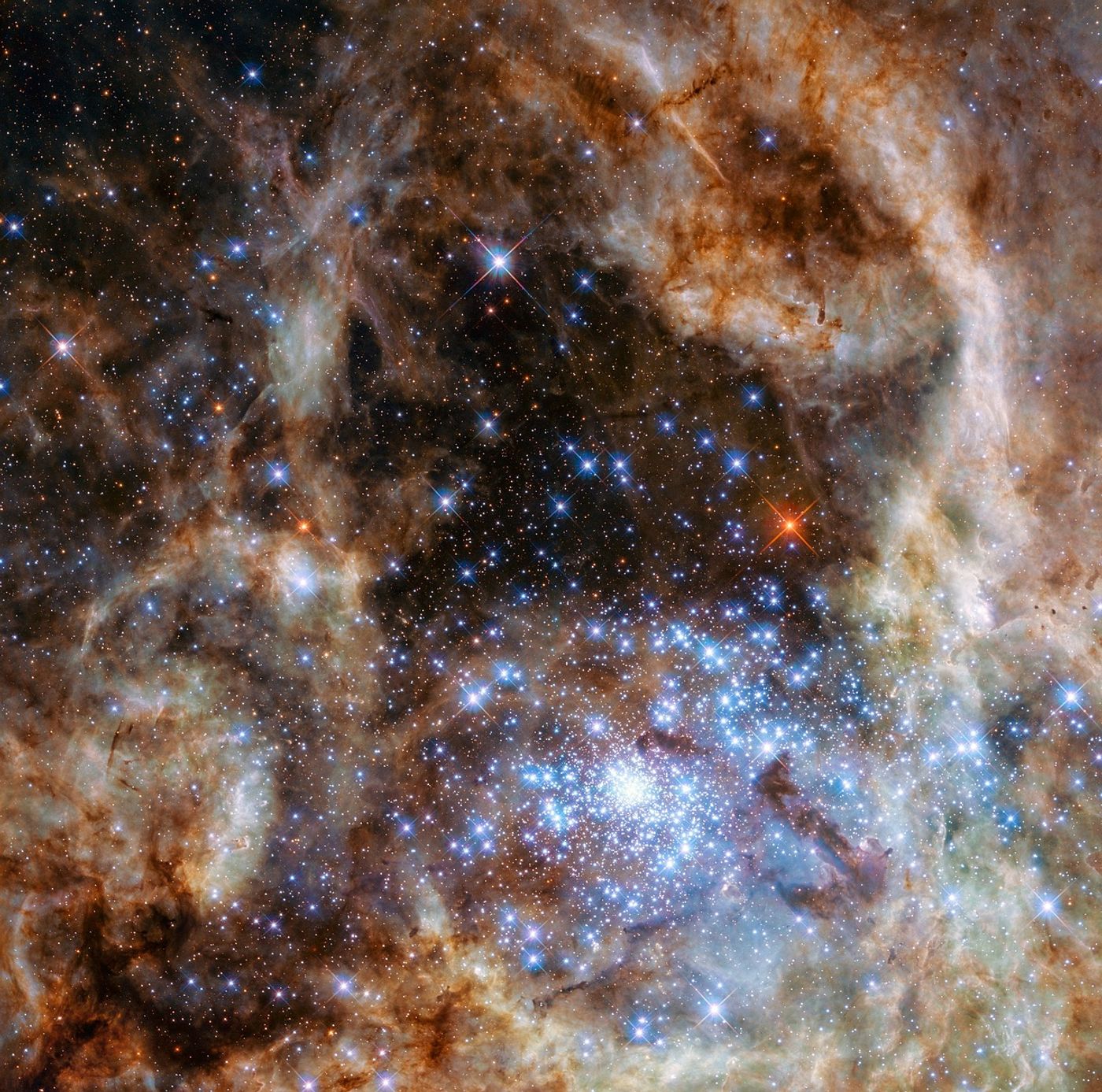NASA's Flying Observatory Helps Researchers Study the LMC's Tarantula Nebula
Astronomers admit that we still have much to learn about stellar development; namely the stages of a star’s life between birth and death. But to learn more, they spend oodles of time peering into the sky at distant stellar systems.
Star-forming regions of the universe, like the Tarantula Nebula inside of the Large Magellanic Cloud (LMC), are ideal study candidates for providing clues about a star’s early moments. Fortunately, NASA’s Stratospheric Observatory for Infrared Astronomy (SOFIA) happens to be an excellent fit for making such observations.
Image Credit: Pixabay
In case you’re unfamiliar with SOFIA, it’s mainly a high-flying airplane with a 2.5-meter reflecting telescope onboard that sports mid-infrared capabilities.
SOFIA’s high altitude gives astronomers incentive to study distant objects in space more clearly than they could from the Earth’s surface, and researchers from the Minnesota Institute for Astrophysics took advantage of this capability to study star formation inside of the LMC's Tarantula Nebula.
“The Large Magellanic Cloud has always been an interesting and excellent laboratory for massive star formation,” explained lead researcher Michael Gordon.
“The chemical properties of star-forming regions in the LMC are significantly different than in the Milky Way, which means the stars forming there potentially mirror the conditions of star formation in dwarf galaxies at earlier times in the universe.”
Related: Is this our first look at a failed supernova?
Gordon and his team have used a bevy of different observatories to study the LMC over the years, including the Herschel Space Observatory, Hubble Space Telescope, and Spitzer Space Telescope. SOFIA adds to the data, painting a more vivid picture of the LMC in a different light.
"We want to combine as many observations as we can from the optical…to get as broad a picture as possible," Gordon continued. "No previous researchers have used FORCAST’s wavelength range to effectively study massive star formations. We needed SOFIA to fill in the 20- to 40-micron gap to give us the whole picture of what’s taking place."
Related: TRAPPIST-1 is older than originally thought
The team hasn’t uncovered any critical details about their observations just yet, but research of this nature could potentially illuminate essential aspects previously overlooked by earlier studies. It should be interesting to see what they find when the time comes.
Source: NASA









